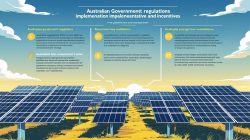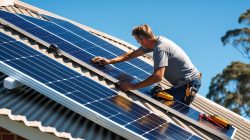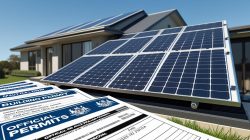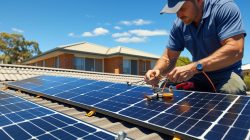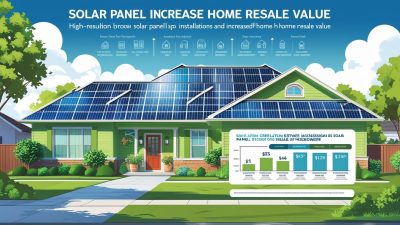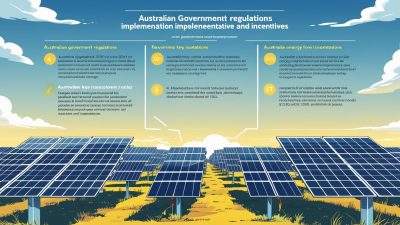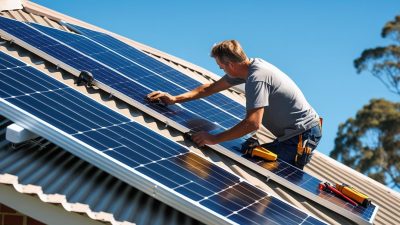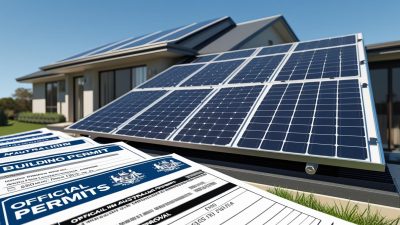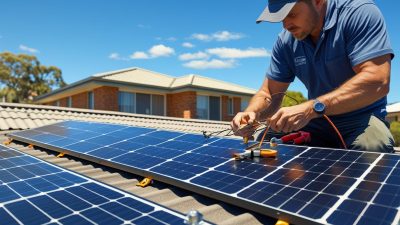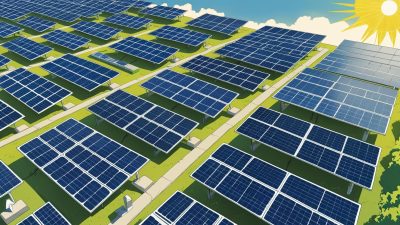Energy Sector in Australia 2025
Bloggerbanyumas.com – The energy sector in Australia is undergoing a massive transformation as the nation looks to reduce its carbon footprint, modernize infrastructure, and meet ambitious sustainability targets by 2025. With an abundant natural resource base and a strong commitment to combating climate change, Australia’s energy future is rapidly shifting toward renewable energy sources such as solar, wind, and hydroelectric power. This transition has been driven by a combination of government policy, market dynamics, and technological innovation, positioning Australia to lead the way in the renewable energy revolution within the Asia-Pacific region.
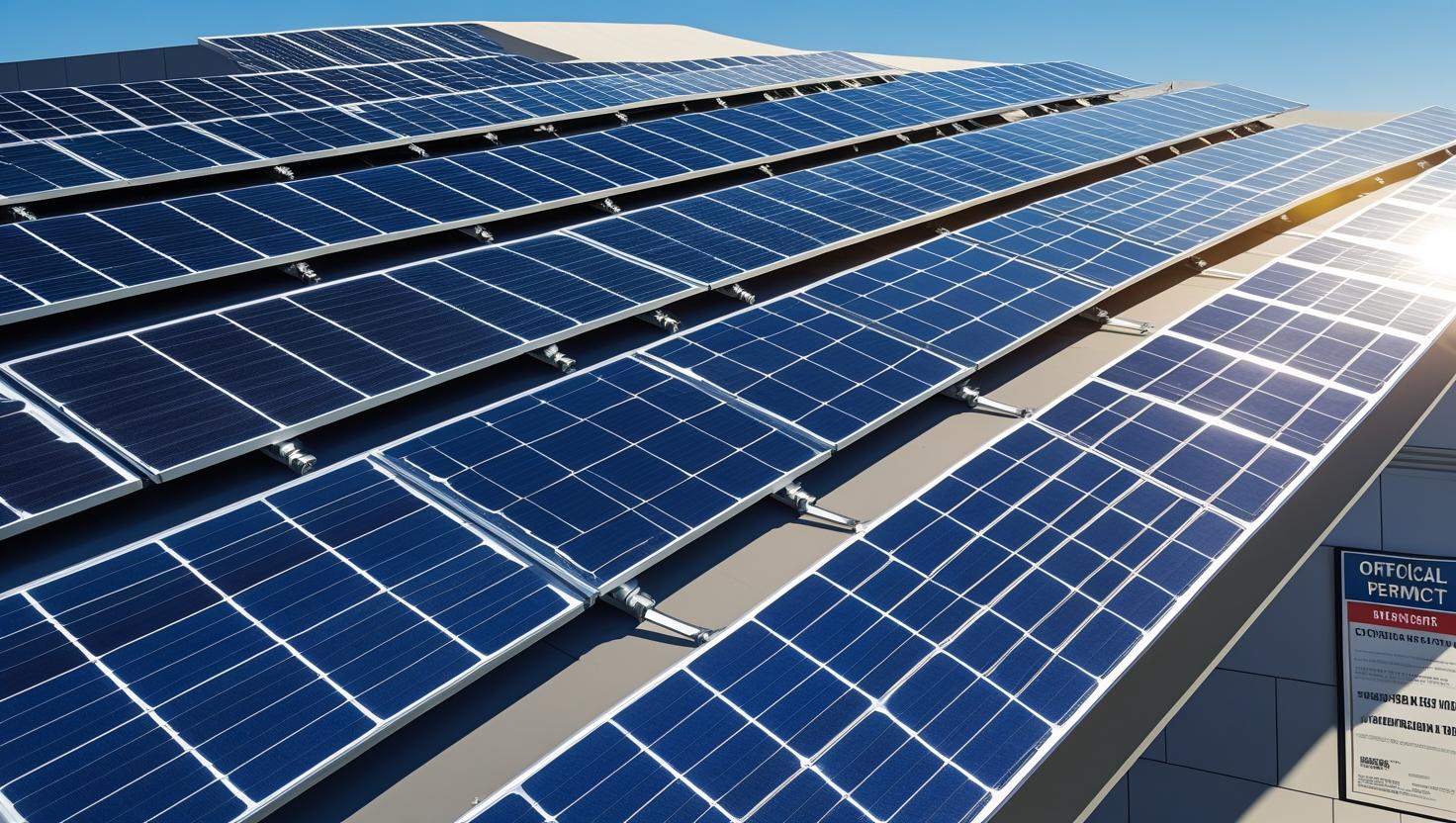
As we approach 2025, the energy sector in Australia faces a range of opportunities and challenges. The ongoing integration of renewable energy into the national grid, advancements in storage technologies, and evolving regulatory frameworks are at the heart of these changes. This article explores the current state of the Australian energy sector, the key developments that are shaping its future, and what to expect as we move towards a cleaner, more sustainable energy landscape.
Key Drivers of Change in the Australian Energy Sector
Australia’s energy sector is evolving due to a combination of policy changes, technological advancements, and market dynamics. Several key factors are driving the shift toward renewable energy and a more sustainable grid system. Below, we outline the most influential forces shaping the sector as we approach 2025.
1. Government Policy and Commitments to Net Zero Emissions
Australia’s commitment to net-zero emissions by 2050 is one of the most significant drivers behind the energy sector’s transformation. In 2021, the Australian government formalized its goal of achieving net-zero emissions by 2050, aligning with the Paris Agreement. To meet this target, renewable energy has become central to the national energy strategy.
The government’s renewable energy targets are aligned with growing global demand for clean energy. These targets provide both short-term and long-term incentives for investing in wind, solar, and storage solutions, while phasing out coal and other fossil fuels. By 2025, Australia is expected to have significantly increased its reliance on renewable sources of energy, as more solar farms, wind turbines, and hydroelectric plants come online, contributing to a greener energy mix.
2. Technological Innovations in Energy Generation and Storage
Advancements in energy generation and storage technologies are pivotal to the transition of Australia’s energy sector. The country’s vast natural resources make it an ideal location for large-scale renewable energy projects. Innovations in solar panel efficiency, wind turbine technology, and energy storage systems are expanding the potential for renewable energy across the country.
In particular, large-scale battery storage systems are set to play a crucial role in balancing the intermittent nature of renewable energy sources. By 2025, improvements in battery storage technologies are expected to enable Australia to store excess solar and wind energy generated during peak production hours for use during periods of low energy production, such as during the night or on windless days. This will increase grid stability and ensure a constant, reliable power supply to consumers across the country.
3. Market Dynamics and the Transition Away from Coal
The Australian energy market is in the midst of a structural shift as coal-fired power stations continue to close and renewable energy sources fill the gap. In recent years, several major coal plants have announced their closures, with some expected to shut down by 2025. This has spurred a race to develop new, cleaner energy sources, which is particularly evident in Australia’s booming renewable energy sector.
As coal-powered plants retire, the energy market is shifting toward a greater share of renewables, complemented by natural gas as a bridging fuel. This change is happening faster than many initially expected, driven by both environmental concerns and the decreasing cost of renewable energy technologies. By 2025, Australia’s energy mix will feature a significant reduction in coal power, with renewables accounting for a larger share of electricity generation.
4. Energy Export Opportunities
Australia is a major energy exporter, particularly in the liquefied natural gas (LNG) and coal markets. However, with global demand for clean energy on the rise, there is growing interest in exporting renewable energy. Through innovations like undersea power cables, Australia is exploring opportunities to export solar and wind energy to neighboring countries, such as Singapore, Japan, and South Korea.
The potential for Australia to become a leading exporter of clean energy offers significant economic opportunities. As the regional energy demand for renewables grows, Australia’s vast renewable resources position the country as a key player in the regional energy market, particularly in the Asia-Pacific region.
Challenges Facing Australia’s Energy Transition
While the transition to renewable energy in Australia is moving at a fast pace, several challenges remain. These obstacles must be addressed to ensure a smooth and effective energy transition by 2025. Below are the most significant challenges facing the Australian energy sector.
1. Grid Infrastructure and Capacity
One of the primary challenges in Australia’s energy transition is upgrading the grid infrastructure to handle the influx of renewable energy. Unlike traditional power plants, renewable energy sources such as solar and wind are decentralized, meaning they are often located in remote areas far from population centers. This necessitates significant investments in transmission and distribution networks to ensure that power generated in these remote areas can reach consumers in urban centers.
Additionally, the grid must be modernized to accommodate the fluctuating nature of renewable energy. Grid operators must enhance the grid’s flexibility and resilience to manage periods of low and high renewable energy production. To address this, Australia is exploring the use of smart grid technologies and energy storage solutions to improve the grid’s ability to balance supply and demand in real time.
2. Energy Affordability and Reliability
As Australia transitions to renewable energy, there are concerns about the affordability and reliability of electricity. While the costs of renewable energy generation have decreased dramatically in recent years, the costs of building new grid infrastructure and implementing energy storage systems remain significant.
There is also the question of ensuring that the energy system remains reliable as renewable energy sources become more dominant. While the integration of renewables will reduce the country’s carbon footprint, it also requires advanced solutions to ensure that the grid can consistently provide power during periods of low renewable energy generation.
3. Environmental and Social Impacts of Renewables
While the transition to renewable energy is essential for reducing emissions, there are environmental and social considerations to account for. The large-scale construction of solar and wind farms can disrupt local ecosystems and communities, particularly in rural and indigenous areas.
The Australian government must work closely with local communities to ensure that renewable energy projects are developed in an environmentally sustainable and socially responsible manner. This includes considering land-use impacts, addressing concerns from local residents, and involving Indigenous groups in the planning process to ensure fair consultation and participation.
4. Political and Policy Uncertainty
Political uncertainty continues to pose a challenge to the energy sector in Australia. Shifts in government and political priorities can lead to changes in renewable energy policies, making it difficult for businesses and investors to plan for the future. Inconsistent policy frameworks and regulatory environments can hinder the development of renewable energy projects and delay the implementation of essential infrastructure.
For a successful energy transition by 2025, the Australian government must ensure that renewable energy policies are stable, clear, and supportive of long-term investment. This includes providing incentives for renewable energy projects, ensuring grid stability, and maintaining transparent regulatory processes.
Key Developments and Trends to Watch in 2025
Looking ahead to 2025, several key developments and trends will shape the Australian energy sector. Below are some of the most important areas to watch as the country continues its transition to a renewable energy future.
1. The Growth of Distributed Energy Resources
Distributed Energy Resources (DERs) are small-scale energy systems, such as rooftop solar panels, home batteries, and electric vehicles, that generate, store, or consume electricity at the point of use. In Australia, the uptake of DERs has been rapid, with a growing number of households and businesses investing in solar power and battery storage systems.
By 2025, the number of DERs is expected to increase significantly, contributing to a more decentralized energy system. This trend will require grid operators to develop new strategies for managing the integration of DERs into the grid, ensuring that energy can be efficiently distributed and utilized across the country.
2. Green Hydrogen as a Game Changer
Green hydrogen is emerging as a key component of Australia’s renewable energy future. Produced using renewable electricity to split water into hydrogen and oxygen, green hydrogen offers a clean alternative to fossil fuels in industries such as transportation, manufacturing, and heavy industry.
Australia has significant potential to produce green hydrogen at scale, with vast solar and wind resources available to power hydrogen production. By 2025, green hydrogen could become a major export product, positioning Australia as a global leader in this emerging market.
3. Enhanced Energy Storage Solutions
Energy storage technologies are expected to continue evolving as Australia seeks to improve grid stability and ensure reliable power supply from renewable sources. Large-scale battery storage systems, as well as pumped hydro storage, will play a crucial role in balancing supply and demand.
By 2025, advancements in energy storage systems are likely to lead to lower costs and higher efficiency, making it easier for grid operators to manage renewable energy integration. This will enhance the reliability of the grid and allow for greater use of solar and wind energy across the country.
4. The Role of Smart Grids and Artificial Intelligence
Smart grids, powered by artificial intelligence (AI) and machine learning, are set to revolutionize the way Australia manages its energy grid. These technologies allow for real-time monitoring and management of energy demand and supply, ensuring that the grid operates more efficiently.
By 2025, AI-powered smart grids will be integral to managing the complexities of a renewable energy-based grid. These systems will help to optimize the flow of electricity, improve energy storage management, and enhance grid stability in the face of rising renewable energy penetration.
Conclusion: Australia’s Energy Future in 2025
As we approach 2025, Australia’s energy sector is poised for a transformative shift. With the continued growth of renewable energy sources, advancements in energy storage, and a focus on grid modernization, the country is set to become a leader in clean energy in the Asia-Pacific region.
However, challenges remain. The nation must overcome infrastructure constraints, ensure energy affordability and reliability, and navigate political uncertainty to achieve its renewable energy goals. By addressing these challenges and leveraging technological innovation, Australia can secure a sustainable, renewable energy future and play a pivotal role in the global transition to clean energy.


